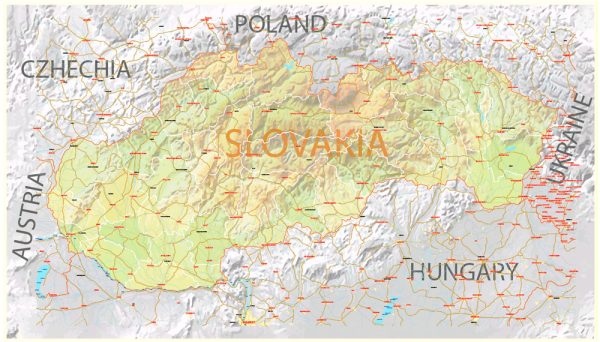The history of urban development in Slovakia is marked by a complex interplay of various historical, cultural, and political factors. Slovakia, located in the heart of Europe, has a rich and diverse history that has significantly influenced its urban landscape. Here is a brief overview of the key phases in the history of urban development in Slovakia:
- Medieval Period:
- Early Settlements: The region that is now Slovakia has been inhabited since ancient times. In the medieval period, various tribes, including Slavs, settled in the area.
- Castle Towns: The medieval period saw the rise of castle towns, often situated on prominent hills for defensive purposes. Examples include Bratislava and Trencin.
- Hungarian Rule:
- Kingdom of Hungary: For a significant part of its history, Slovakia was part of the Kingdom of Hungary. This period influenced the architecture and layout of many towns, with the construction of churches, market squares, and fortifications.
- Mining Towns: The discovery of valuable minerals led to the development of mining towns, such as Banska Stiavnica, which became known for its significant silver mining activities.
- Habsburg Monarchy:
- Austro-Hungarian Empire: The Habsburg Monarchy played a crucial role in shaping the urban landscape. Cities like Bratislava (Pressburg) flourished as administrative and cultural centers.
- Czechoslovakia:
- First Czechoslovak Republic: After World War I, Czechoslovakia was formed. This era saw the modernization of urban infrastructure and the development of new neighborhoods in response to industrialization.
- Second World War: Slovakia was a separate state during the war, and some towns suffered damage during this period.
- Communist Era:
- Socialist Urban Planning: The communist era brought about significant changes in urban planning. Industrialization led to the growth of factory towns, and socialist principles influenced the design of residential areas.
- Post-Communist Period:
- Independence: After the Velvet Revolution in 1989, Slovakia gained independence from Czechoslovakia in 1993. This marked a new chapter in the country’s urban development.
- Economic Transition: The post-communist period saw economic reforms and a shift towards a market economy, influencing urban development patterns.
- Contemporary Period:
- EU Integration: Slovakia’s accession to the European Union in 2004 brought about investments in infrastructure, including transportation and public spaces.
- Globalization: Cities like Bratislava have seen increased globalization, with the growth of international businesses and the influence of global architectural trends.
Today, Slovakia’s urban areas reflect this rich historical tapestry, with a blend of medieval, baroque, socialist, and contemporary influences contributing to the diverse and dynamic urban landscape. The country continues to evolve, embracing modern urban planning concepts while preserving its historical heritage.


 Author: Kirill Shrayber, Ph.D.
Author: Kirill Shrayber, Ph.D.